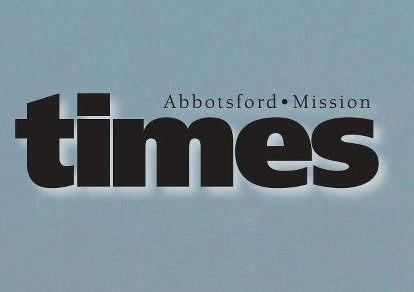By Dessa Bayrock (The Cascade) – Email
Print Edition: January 8, 2014
Late last year, the Abbotsford Times quickly and quietly shut its doors. Then, earlier this month, the Kamloops Daily News also closed up shop for good.
It would be easy to mark both closures down as a sign of a failing print media industry and leave it at that, but to see two community papers close within two months is disquieting for several reasons. What does this mean for the BC community papers that are left, including the now-uncontested papers left in Abbotsford and Kamloops?
The Vancouver Sun implies that the Kamloops Daily News closure isn’t something to worry about, quoting Newspapers Canada president and CEO John Hinds describing it as “the first major market paid daily that we’ve seen close in recent memory.”
If anything, shouldn’t that make it more worrying, rather than less?
To see one close when none have in living memory is an anomaly. To see two close is a trend.
Both closures follow a large-scale community newspaper swap, in which Glacier Media bought two Black Press-run papers in return for Black Press taking four Glacier papers. The Abbotsford Times was one of the papers that changed hands, and Black Press cites the fact that editorial staff took a buy-out en masse among the reasons for its closure.
But something else to keep in mind is that Black Press also already owned the only competition in town — the Abbotsford News, an older and more respected newspaper to boot. What would you do if your company was bought by the competition? Getting the hell out is a reasonable reaction; closing the paper instead of hiring replacement staff is not.
You could assume that the end of the Abbotsford Times is the result of the widely accepted idea that print media — be it books, newspapers, or CDs — is on its deathbed. This is certainly the easiest explanation, but that doesn’t make it the correct one.
“Newspapers don’t have an audience problem,” Hinds said in the same Vancouver Sun article. “Our audiences are bigger than ever and actually growing.”
The problem, instead, lies with revenue; advertisers are fleeing print publications like rats off a sinking ship, despite the fact that the ship is still seaworthy. It becomes a matter of economics — ad space, like all things, is worth less when demand is low. To keep up with print and labour costs, more and more of a newspaper turns from content to ads. If an article and an ad fight for space, the ad inevitably wins — after all, the ad is what pays for the space in the first place. The content is just a hitchhiker; the ad is the driver.
This is a dangerous relationship at the best of times, in which advertisers hold all the cards. If a newspaper has the choice between breaking a critical story about a company or running that company’s ad, which do you think is going to come out on top?
This catch-22 can be combatted, at least in part, when more than one newspaper operates in the same community. The publications will overlap on some stories, sure, but also be able to cover stories the other can’t touch. Theoretically the competition will also encourage staff to reach further, chase stories harder, and get that elusive, exclusive scoop.
That competition diminished between the Abbotsford Times and the Abbotsford News when Black Media purchased the former, and disappeared entirely when the Times closed for good. There are other community news sources — the online-only and community-run Abbotsford Today comes to mind — but nothing that I would describe as direct competition. Abbotsford Today and The Cascade cover a lot of the same issues as a community newspaper, but neither have the same resources as a full-time newspaper.
At the end of the day, the closures of the Abbotsford Times and the Kamloops Daily Mail leaves two communities with a single newspaper — both owned by Black Press, I might add. There’s no way to tell what effect this will have on the coverage for these communities, but the closures are sending ripples in a pond — not just to the employees of the newspapers who are out of work (the Times) or will be out of work within the next two months (the Daily), but also to the top tiers of Glacier Media and Black Press; depending on how the larger community reacts to, decries, or ignores these closures, we may very well see other papers close, leaving a single media group to be king of the hill in any one community.


